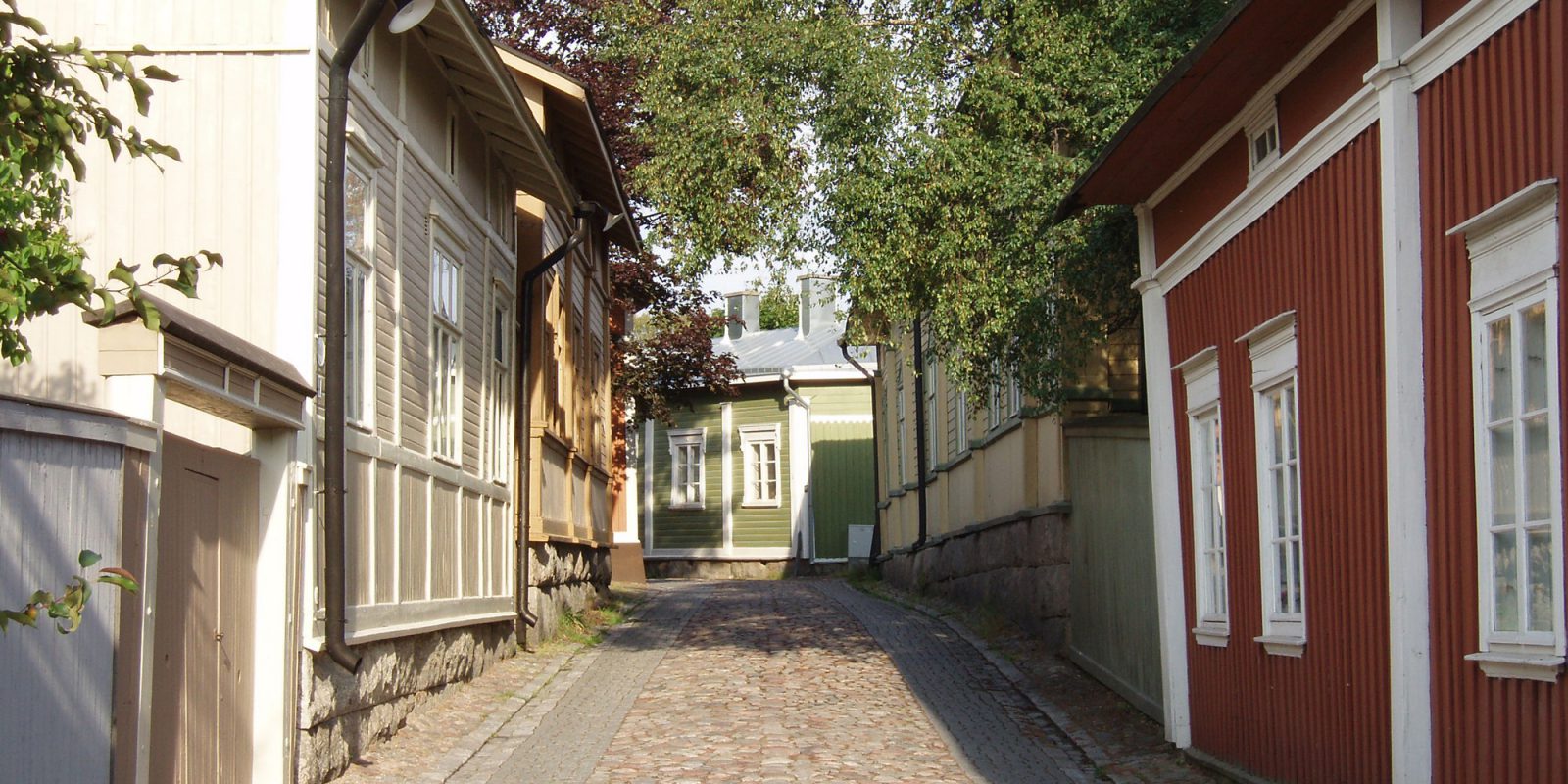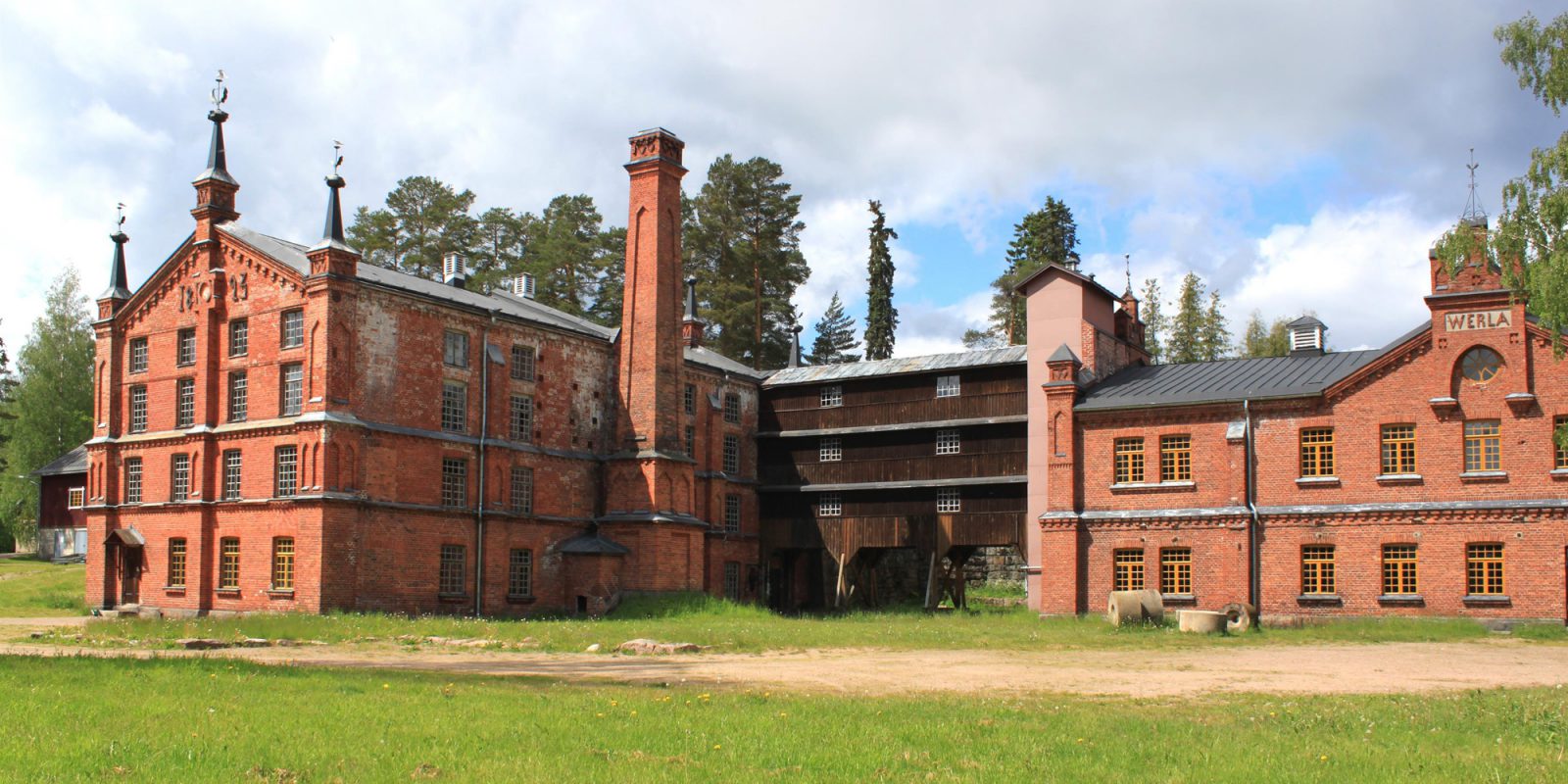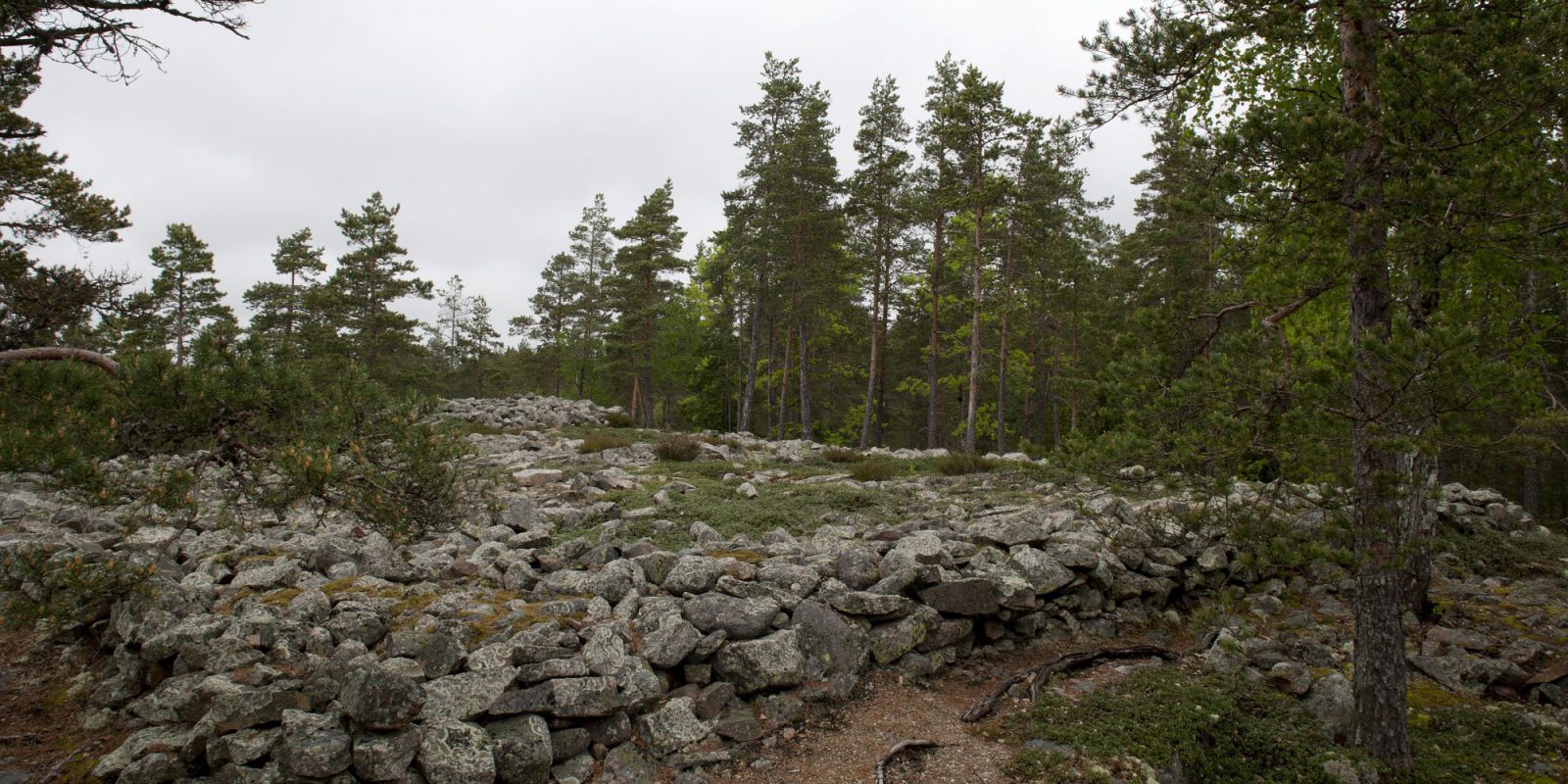






World Heritage in Finland
Unesco approved the Convention concerning the Protection of the World Cultural and Natural Heritage in 1972. The World Heritage Convention is a global decision to promote the treasuring and preservation of unique cultural and natural heritage for future generations. In Finland there is seven World Heritage sites.
The Fortress of Suomenlinna
Historically, Suomenlinna played an important role in Baltic power politics and is superb example of military architecture. The fortress was built with French aid as Sweden's Fortress against the Russians. Under the Russians it served as a defence against the West. At one time the fortress was such a powerful military stronghold it was called the Gibraltar of the North. Suomenlinna was inscribed in 1991.
In 1918, some months after the country became independent, a Finnish garrison took over Suomenlinna. After the Civil War it served as a prison camp, and during World War II it was vital to the air defence of Helsinki. Military period of the fortress ended in 1973, but Suomenlinna is still home to the Naval Academy.
Nowadays a popular tourist and recreation centre, Suomenlinna has a population of over 850 and provides about 400 jobs. Responsibility for the upkeep of the 200 or so buildings and over six kilometres of ramparts rests with the Governing Body of Suomenlinna under the Ministry of Education. In 2000 Suomenlinna was awarded a medal by Europa Nostra for the quality of its restoration and revitalisation of the fortress.
Old Rauma
Old Rauma is a typical Scandinavian wooden town. It forms a unified area of historical, single-storey buildings, a partly medieval street network and a viable urban community complete with dwellings, shops and services. Old Rauma was inscribed in 1991.
Old Rauma's unique position as an historic town quarter was gradually recognised at the beginning of the 20th century. As the town expanded elsewhere, Old Rauma was saved from modernisation. Strong protectionist action in the 1960s was embodied in the 1981 town plan, which preserved the valuable environment and building stock of Old Rauma.
Today Old Rauma is a thriving residential and working community. Most of the old wooden buildings have been repaired during the last three decades and their interiors modernised. Old Rauma has become a highly desirable place to live. Householders maintain their properties under the guidance of the town authorities.
Petäjävesi Old Church
The old church of Petäjävesi is an impressive example of northern wooden architecture. It is representative of Scandinavian, Lutheran church architecture and the long tradition of log building. The church exemplifies how local master builders skilfully adapted the styles of European ecclesiastical architecture to the vernacular technique of log jointing. Petäjävesi church was inscribed in 1994.
The church, located on a lake shore in Central Finland, was built in 1763-65 by master builder Jaakko Klementinpoika Leppänen. Some 60 years later his grandson Erkki Jaakonpoika Leppänen built the bell-tower. Since the new parish church was built in 1879 the old one has not been used for regular services. It was decided, however, not to dismantle the church. The bells were left in the old belfry and the graveyard is still in use.
Continuous repairs have been carried out since the 1920s. The church is occasionally used in summer.
Verla Groundwood and Board Mill
The Verla groundwood and board mill is a unique, small-scale industrial complex from the early years of the Finnish wood processing industry. Within its rural setting, the area includes mills, power plants and workers' housing. Verla was inscribed in 1996.
The Verla groundwood mill was founded in 1872 by the engineer Hugo Neuman. After only four years, the wooden mill burnt down. Operations soon began again when a new company was established in 1882. The new groundwood and board mill was also from wood, but after the drying loft was destroyed by fire in 1892, it was replaced by the present four-storey, ornamental red-brick building. This was designed by the architect Carl Eduard Dippell. The ever-present danger of fire led to brick walls being erected around the wooden mill building in 1895.
In 1922 the mill was taken over by the Kymmene Company and only closed down in 1964. The buildings, together with their machines and fixtures, were left intact. In 1972, a century after its foundation, it was opened as a museum.
Sammallahdenmäki
The archaeological site of Sammallahdenmäki located in Lappi in Rauma in Lower Satakunta is an exceptionally valuable monument from the Bronze Age. The site was inscribed on the World Heritage List in 1999.
The site consists of 36 stone burial cairns forming a kilometre-long chain of clusters along a sizable outcrop of bedrock. The complex presents a good sample of the different kinds of burial cairns used during the Bronze Age: low and round small cairns, large mound-like cairns, and round cairns with stone circles. Towards the west, one can catch a glimpse of reedy Lake Saarnijärvi, which was still an arm of the sea in the Bronze Age.
The best-known archaeological features of Sammallahdenmäki are the wall-like "Long Ruin of Huilu" and the quadrangular "Church Floor". The "Long Ruin" is one of the most imposing and majestic burial monuments in Satakunta, measuring some 24 metres long by 8 metres wide. The "Church Floor" is unique in Finland and in all of Scandinavia. It is a stone structure that resembles a flat floor and measures roughly 19 x 18 metres square.
Struve Geodetic Arc
The Struve Geodetic Arc was approved in the World Heritage List in July 2005. The Arc is a scientific and technological landmark.
The Struve Geodetic Arc was laid out and measured in 1816-1855 under the direction of F. G. W. Struve, a German astronomer, with the aim of determining the size and shape of the Earth.
The Struve Geodetic Arc comprises station points in ten countries (Norway, Sweden, Finland, Russia, Estonia, Latvia, Lithuania, Belarus, Ukraine and Moldova). The six station points in Finnish territory are located in Pyhtää, Lapinjärvi, Korpilahti, Tornio, Ylitornio and Enontekiö.
The Kvarken Archipelago
In July 2006, the Kvarken Archipelago was included on UNESCO World Heritage List. The area is the first Natural Heritage Site in Finland. The Kvarken Archipelago is an extension of Sweden's "High Coast", another world natural heritage site. Together, these two areas form a complementary geological complex featuring land uplift unlike anything found elsewhere in the world.
Land uplift in the Kvarken is very intense and the archipelago is constantly changing shape. New islands emerge from the sea, bays are transformed into lakes and shipping lanes become shallower. Since the land surface increases by a hundred hectares a year, these changes can be noticed during one generation.
The Kvarken World Heritage site includes both private and state-own areas, some of which are nature conservation areas. A working group, whose work will be coordinated by Metsähallitus, will be set up to administer, manage, develop and market the site.
The Kvarken Archipelago
High Coast's and Kvarken Archipelago's joint web portal